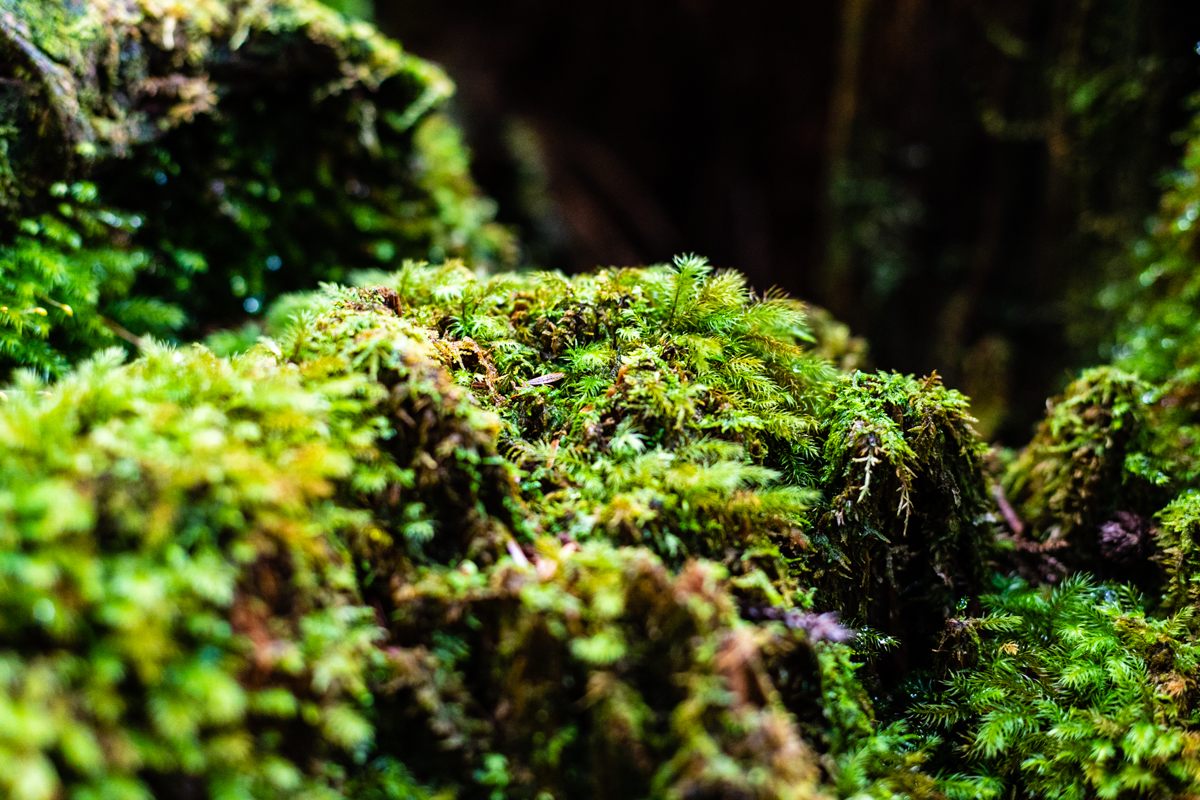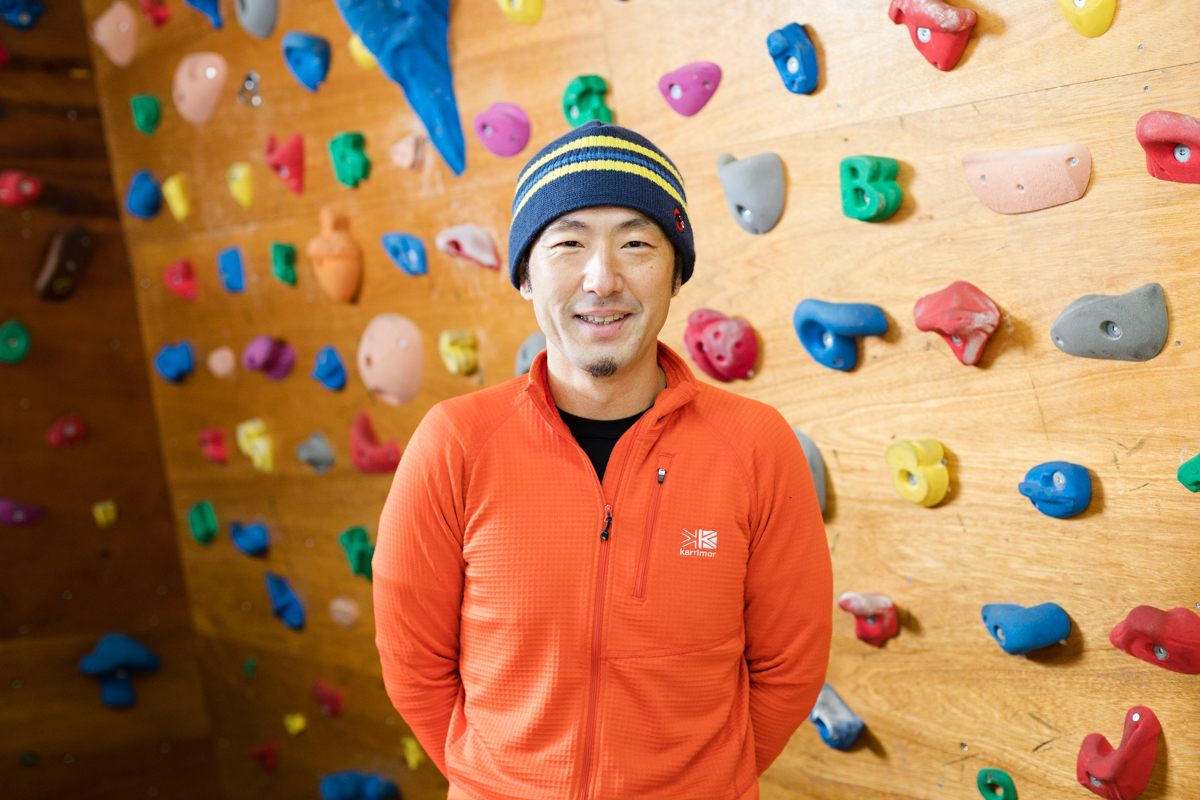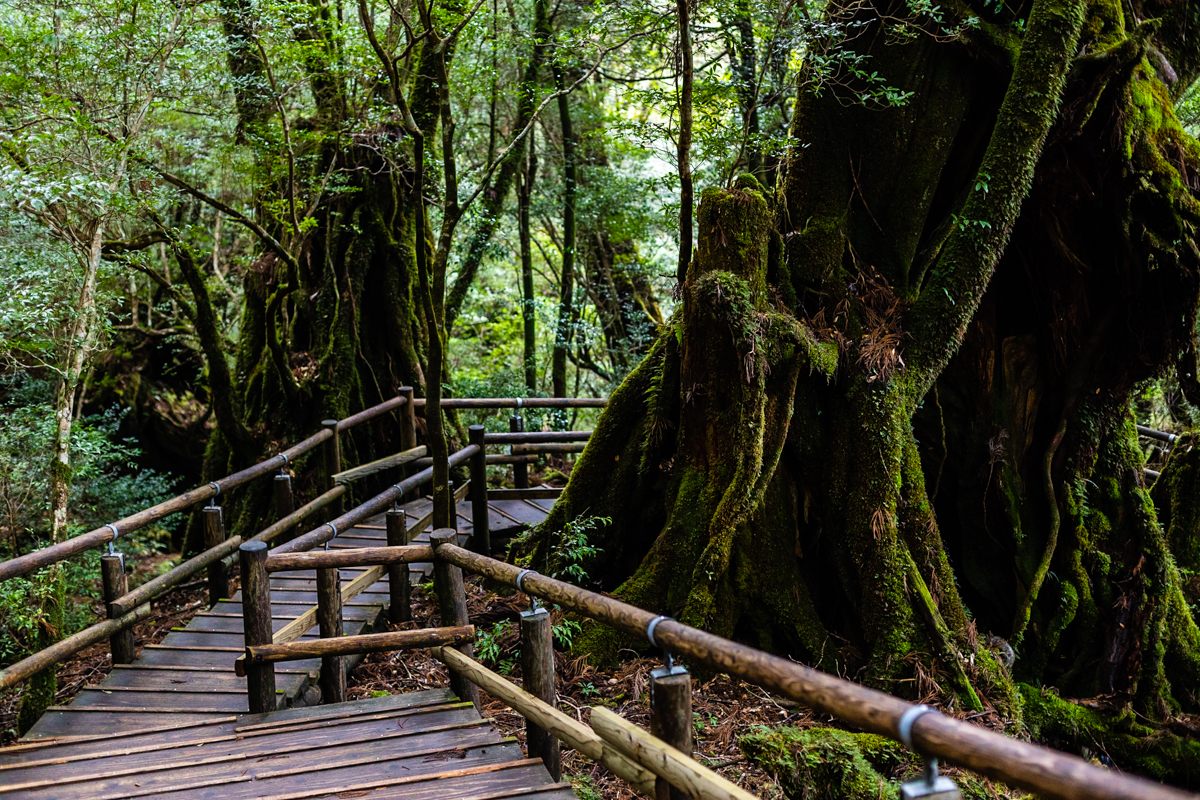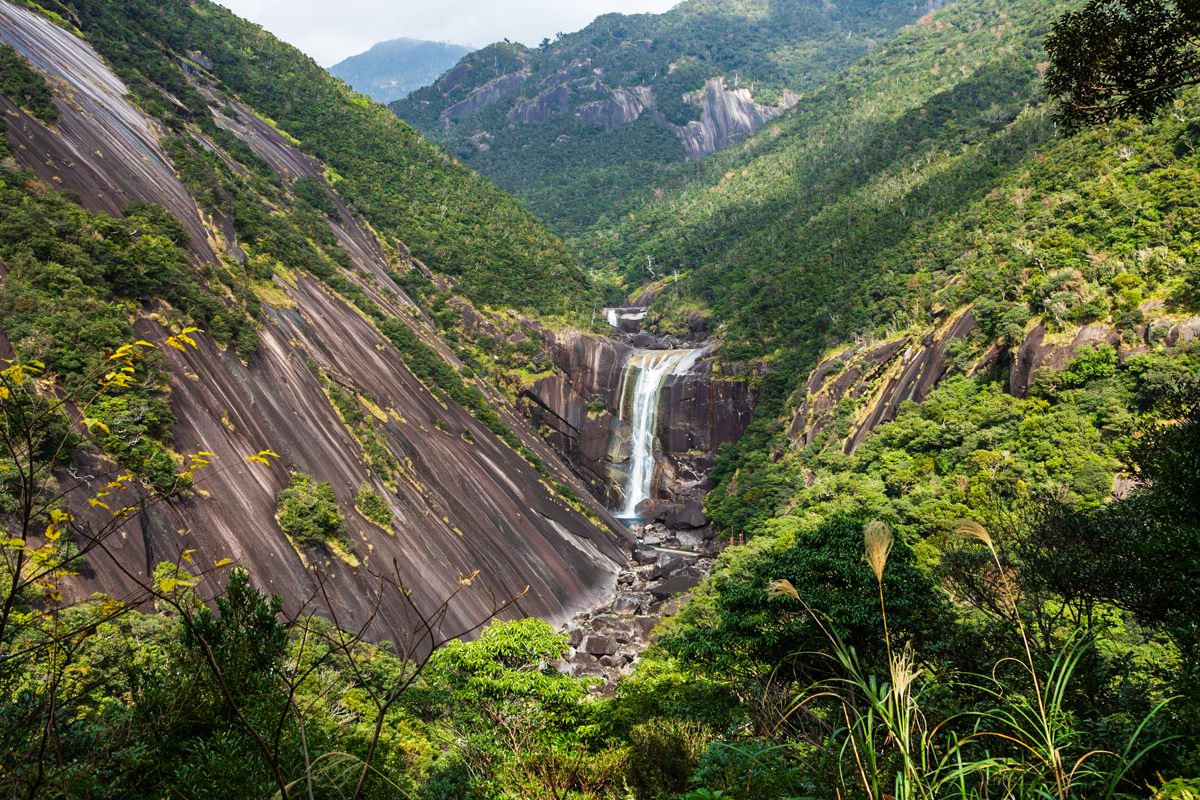
The wonders of Yakushima Island and it’s natural diversity
Yakushima Island and Yakushika
An SDG perspective in everyday travel. SDGs refer to Sustainable Development Goals. Recently, the tourism industry is promoting Responsible Tourism, where travelers must be mindful of the environment, and SDGs in general. What should we do to keep the nature, lives, and the culture of our habitats, for our descendents?
In this issue, we interviewed Mr. Taro Watanabe, a Yakushima Island Official Tour Guide, on the wonders of Yakushima Island and how to be a responsible tourist.
Yakushima Island represents the environment of the islands of Japan
In the middle of Anbo, a tourist destination in Yakushima Island, is “Sangaku-Taro”, a shop specializing in campware. If you visit just after opening, in front of the store is “Haru-chan”, the mascot dog. From inside the shop, you can see Mr. Taro Watanabe. He is the owner of the shop, and also a Yakushima Island Official Tour Guide.
“I came to the island to become a tour guide” says Mr. Watanabe.
He came to this island 20 years ago, when he learned about its existence during his college years. Ever since, he has called this place home, and grew his passion towards the island while becoming a nature tour guide.

Mr. Watanabe says, “The nature of Yakushima Island is best described as having a vertical distribution”. Vertical distribution refers to the allocation of flora and fauna within a biome. The Miyanoura Mountain, over 1936m tall (the highest in Kyushu) features nearly every biome in Japan, resulting in a significant biodiverse environment.
“Yakushima Island is geographically a subtropical environment, but if a mountain is taller than 2000m, it can have snow. Thus, there are lots of plants that attract visitors, and really, the main attractiveness of the island, which also owes to how, this island become Japan’s first World Nature Heritagein 1993”.

Feeling Yakushima Island, and not just Jyomon Cedars
Yakushima Island has the Jomon Cedar, dubbed the “King of the Forest”. It is estimated to be around 2000 - 7200 years old, and is the largest cedar tree on the island. To see this colossal titan, one must hike on a 10 hours round-trip through the mountain. Yet, people still visit the island to see the tree. Almost all of the newcomers, and more than 60% of all the guests attending Mr. Watanabe’s tours hike to see the tree.
However, Mr. Watanabe believes there are “more locations within the island where you are able to experience the biodiversity”. He suggests the “Shiratani Unsuikyo Gorge”, but he also likes the “Yakusugi Land”.

“The gorge has inspired Studio Ghibli’s Princess Mononoke, as you can see from the forests and streams. Many tourists visit this location the day after hiking. If we talk about the cedars, the Yakusugi Land (located higher than 1000m) is even more impressive than the Jomon Cedar. Even the moss looks better there, and it's also easier to visit”.

Yakushima’s true attractions can be found outside of the forests.
Mr. Watanabe continues, “If you want to see the roots of this island, visit the Senpiro Waterfall. Most of Yakushima Island’s ground is made of granite, and it is as if he forests there are holding on to the ground. In terms of size, the Ookawa Waterfall is bigger, but the Senpiro Waterfall can really give you a neat look on the basis of the island. For hiking, I love Mochom Hill. It’s 944m tall, and it sure does look symbolic and cool. There are beautiful forests and cedar trees along the way, too. The hiking path is quite steep, but it’s definitely rewarding. There is also a mini shrine at the top. This is what I call Yakushima Island”.

90% of the island is covered in forests. There are over 46 mountains over 1000m tall, and more than 140 streams and rivers. Habitable spots for humans are sparse, due to the amount of nature on the island.
Appreciating nature is the first step to a SDG traveling
You don’t really need a tour guide to go through the island. But what are the advantages of having one?
Mr. Watanabe states, “We specialize in safety management. We help visitors accomplish their goals in a safe setting. We also let them know the beauty of the island. How visitors wish to spend their time varies. Therefore it is crucial to understand their needs, and to give them a sense of wonder and appreciation that they haven’t experienced before”.

Mr. Watanabe states that living on the island has given him a new understanding of nature.
“Whenever I go back to Tokyo, there are many locations with flowers and trees. Although they are not as dynamic as the island, even the city has spots of nature scattered around. I hope people visiting Yakushima Island bring their new found appreciation back home, and they will be able to see environmental issues as more of their own”.

Like bringing reusable bottles, or walking with tree roots in mind, there are many lessons taught on the island that you can try at home. This is what Mr. Watanabe calls, “Accepting Nature”.
“Like teaching not to bring invasive species by washing shoes, or not to feed wild animals, what we teach is to “Accept Nature and keep a steady distance with it to protect it”. The island is not a theme park, it is nature itself. If we act like we want to, we are going to hurt something. If a wild animal doesn’t want to be petted, or if a rainstorm disturbs your plans, stop and think, “It’s nature”. With that mindset, you will start to appreciate nature for what it is”.
The ecosystem, built over generations of nature, is fragile. We should not forget that we are a part of the ecosystem as well. A trip to Yakushima Island is the perfect way of learning about SDGs, and fulfill our mission of handing down the environment for the generations to come.

Sangaku-Taro Shop
- Address
- 410-8 Ambo, Yakushimacho, Kumagegun, Kagoshima
- Telephone
- 0997-49-7112 (9:00am-6:30pm)
- Business Hours
- 9:00am-6:30pm
- Official Website
-
Sangaku-Taro Shop Official Website
Yakushima Island Guide Office Sangaku-Taro Official Website
Author
Working at Travel Publishing
Soga Masayoshi
I am from Fujisawa City, Kanagawa Prefecture. Born and raised by the sea, I like to spend time on the weekends enjoying outdoor activities like beach soccer and camping.


